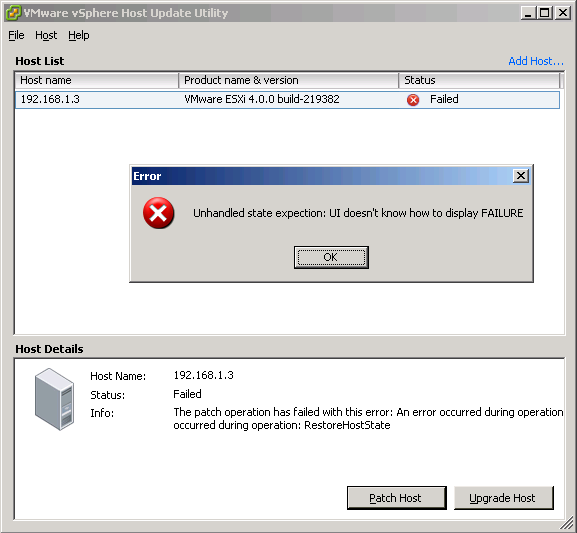Internal Standards
by in Feature Articles on 2010-09-30An internship always looks good on a resume. An internship with a Fortune 500 company looks even better. When Bonnie was offered such an internship at a major company's satellite office, she snatched the opportunity.
Matt, her mentor, tossed her as much development work as possible. Most of it was the scut work that the full-time developers didn't have time to do, but Bonnie had a lot of freedom to solve problems how she saw fit. One of her larger tasks was to add a few pages to an ASP.NET application handed down from the Corporate offices. Corporate wrote it, but the local office required some features it didn't have.

 Aug 10
Aug 10


